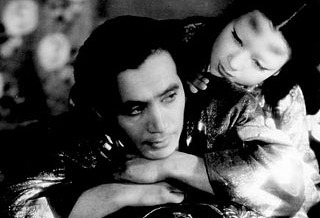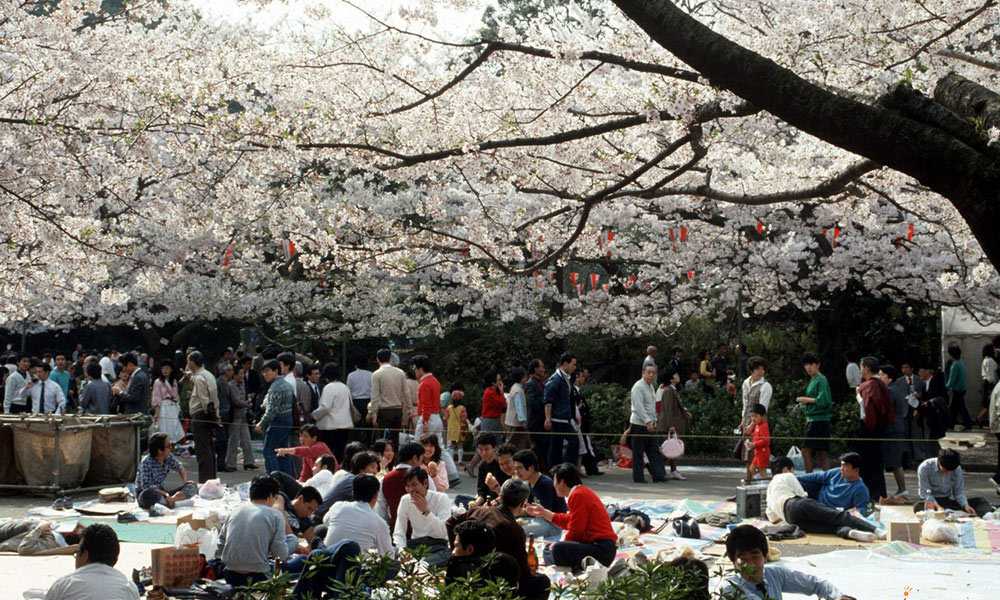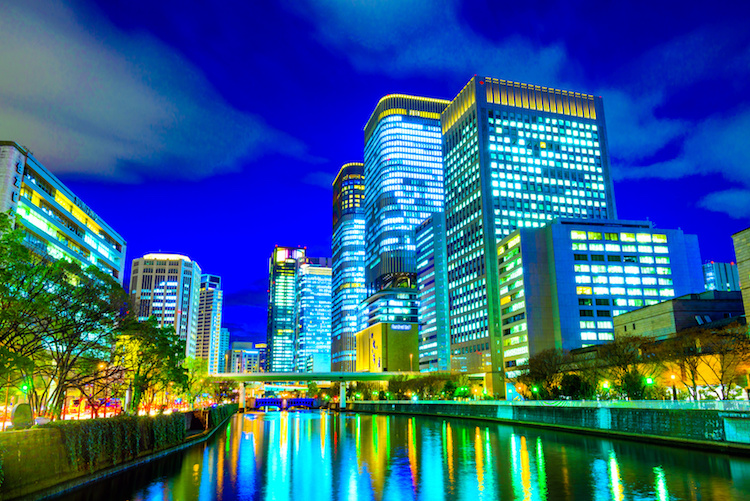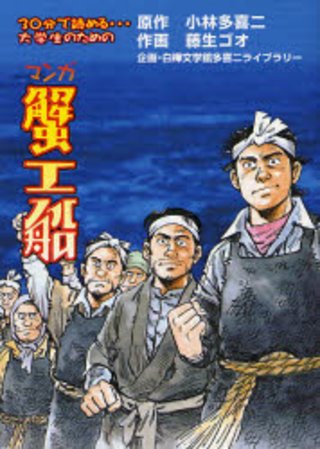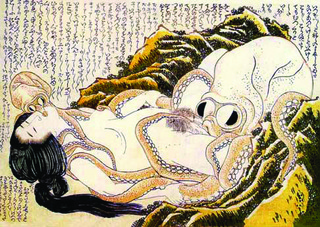J-Horror: An Alternative Guide
By Zack Davisson
There’s a lot more to Japanese horror than the vengeful, lank-haired spook-girls of Ring, Ju-on and their legion of imitators. Sure, the West may have only recently woken up to its charms, but J-horror has been around for a mighty long time. The first Japanese novel, The Tale of Genji – now nearly a millennium old – is positively packed with ghosts and gruesome revenge. Noh and Kabuki are some of the most haunted theatrical traditions on Earth, and Edo period playwrights were constantly fighting to outdo one another in the gore, murder and supernatural vengeance stakes.
Pretty much as soon as the first motion picture camera came off the boat here, someone picked it up and started making horror movies. Jizo the Spook [Bake Jizo] and Resurrection of a Corpse [Shinin no Sosei], both filmed in 1898, predate Nosferatu (1922) by decades. Since then, Japanese horror has come to us in a number of guises: sometimes grotesque, sometimes scary, sometimes erotic, funny or even beautiful. Let’s take a look at a few examples…
Ugetsu Monogatari (1953) – Dir: Kenji Mizoguchi.
Ugetsu Monogatari is probably the most beautiful ghost story ever filmed: visually stunning, like an ancient painting shrouded in fog and silence. Taking Ueda Akinari’s eponymous 1776 masterpiece as his starting point, Mizoguchi interweaves the stories of two peasant craftsmen who long for fame and fortune, leaving behind their wives and hunting in far lands for a better life. One encounters a lustful ghost, who seduces him with empty promises of a vanished fortune; the other, only shame, death and love that lasts beyond the grave. With its reliance on eerie atmospherics over special effects and cheap shocks, this movie laid the foundation for modern Japanese horror.
Jigoku (1960) – Dir: Nobuo Nakagawa
Nobuo Nakagawa was Japan’s first genre director, specializing in (you’ve guessed it) horror. Best known for his gory adaptation of Kabuki classic Yotsuya Kaidan, he was also a devout Buddhist, and in this 1960 masterpiece showed people exactly what was waiting for them if they didn’t shape up and walk the eight-fold path. The story follows a young theology student, who kills someone in a hit-and-run accident. His karma manifests itself as a mysterious doppelgänger, stalking him and leading him on a one-way trip to the Inferno. The final third of Jigoku is the most powerful, when Nakagawa summons Hell on screen: a bloody orgy of torture, with bodies sawed in half, guts, skulls, snakes and enough horror to get you rethinking your life.
Guinea Pig 2: Flower of Flesh and Blood (1985) – Dir. Hideshi Hino
Hideshi Hino is one sick mother. The veteran comic scribe peddles a potent brand of horror manga that could upset even the sturdiest of stomachs. During the mid-1980s, he made the leap to film, directing two installments in the notorious Guinea Pig series. The first of these, Flower…, used extremely detailed special effects to create a sort of mock snuff film – seriously, stuff like Takashi Miike’s Ichi the Killer and Audition seem like a stroll on a path strewn with daisies compared to this. The film hit the headlines when actor Charlie Sheen, convinced he had watched an actual murder, reported Hino to the FBI. Further infamy came when Japanese serial killer Tsutomu Miyazaki re-enacted scenes from the same film on his victims. Perhaps unsurprisingly, it is now illegal in Japan to make a movie with the “Guinea Pig” tag in its title.
The Happiness of the Katakuris (2001) – Dir. Takashi Miike
Three years before Shaun of the Dead hit our screens, auteur Takashi Miike put out his own zombie comedy, scoring bonus points for having his undead dance and sing. A very loose remake of the 1998 Korean film The Quiet Family, it tells of a happy little family, the Katakuris, who leave the city to open an inn in the countryside and live the simple life. The only problem is that all of their guests end up dying, either through suicide, murder or accident. Wishing to avoid a scandal, the family dutifully buries the bodies in the back yard. But you can’t keep a good zombie down, and it’s only a matter of time before they dig themselves back up to lead the family in a little soft-shoe and revenge. And then the whole production turns to claymation. If it sounds weird, that’s because it is. Absolutely surreal, but great.
Hana to Hebi (2004) – Dir. Takashi Ishii
It may be a stretch to call this one a horror film, but it is definitely horrific. A glowing example of the ero-guro (erotic/grotesque) genre, Hana to Hebi began as a series of cult novels; this version, by pornsmith turned horror director Takashi Ishii, is its tenth film adaptation. Ishii’s is particularly notable for his casting of mainstream actors and actresses – people you’d never have expected to see in a film like this – as well as for his ability to skirt on the edges of what Japanese censors consider acceptable without ever overstepping the mark. The story follows a young worker, burdened with debt, who agrees to sell his beautiful wife to a 90-year-old Yakuza boss as payment. The boss and his cronies then put the bride through a series of increasingly painful and surrealistic rope tortures, rapes and humiliations. Charming. Films like Eyes Wide Shut took their cue from the various adaptations of Hana to Hebi but always balked at pursuing the concept to its logical conclusion. Ishii’s Hana to Hebi takes you to the very darkest corners of Japanese sexual fantasies, and that’s a scary place to be.

